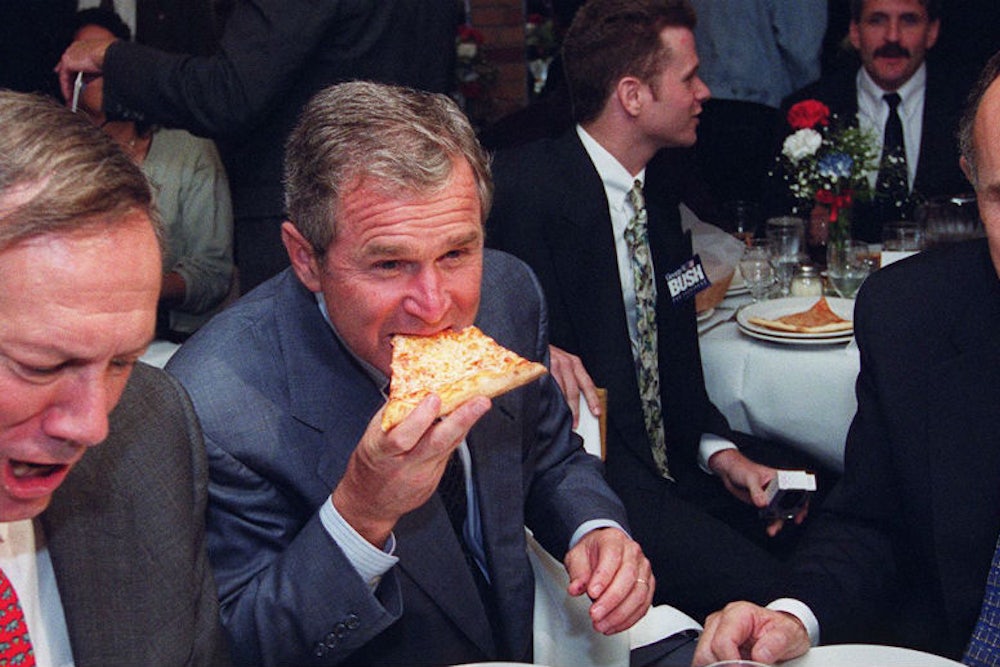Paying $27 for a burger might seem extortionate. But the chefs behind the most expensive burger in Washington, D.C.—a wagyu skirt steak burger at BLT Steak—can take comfort in new research suggesting that inflated prices can translate into inflated enjoyment: A new paper, forthcoming in the Journal of Sensory Studies, has found that we enjoy food more if we spend extra money on it. A team of researchers at the Cornell Food and Brand Lab, led by David Just, carried out an experiment on 139 unwitting diners at an Italian restaurant in upstate New York. Customers were charged either $4 or $8 for an all-you-can-eat lunch buffet of pizza, salad, breadsticks, pasta, and soup; the researchers stopped them on their way out and asked them to fill out a short questionnaire on the amount they ate, the quality of the pizza, and their enjoyment of the whole experience. Diners who paid the higher price rated the whole lunch more highly, and judged the pizza more favorably on measures of taste, satisfaction and enjoyment. “The way people appreciate taste,” said Just, is tied into “expectations based on the presentation of the food or what other people have said. They interpret taste through that lens.”

Surprisingly, customers didn’t eat more pizza when they paid more; both groups ate an average of three slices. (In a 2011 experiment at an all-you-can-eat restaurant, the Cornell Food and Brand Lab found that diners who paid full-price consumed 31.8 percent more than people who paid half-price.) However, Just says the $8 group ate more of the salad and other dishes. “I’m guessing that when they paid more they expected a wider variety of experience,” said Just. “It's the same sort of behavior as when they’re eating to get their money’s worth.”
Research has shown that the same principle applies to the experience of wine-drinking. In 2008, Antonio Rangel and a team of economists and neuroscientists at the California Institute of Technology had volunteers—some experienced wine drinkers, others amateurs—taste what they were led to believe were five different bottles of cabernet sauvignon, supposedly costing between $5 and $90 per bottle. In reality, however, only three different wines were used; a $90 bottle was marked once as $90 and once as $10, and a $5 bottle was presented once with its real price and once with a $45 label. The participants not only reported greater enjoyment of the wines they believed cost more—even when the content was identical—but brain scans revealed that the different price tags actually altered people’s experience: Activity in the part of the cortex associated with pleasure increased along with the stated price of the wine. When Rangel repeated the experiment without giving the subjects any information about the wine’s prices, their brain scans reflected differences between the three wines that were different, but none between the two wines that were the same.
For restaurateurs, the message is counterintuitive: Slashing prices doesn’t necessarily mean happier customers. Lowering prices (of food and drink) could lower diners’ expectations, and even dampen the whole experience.
Just has advice for consumers, too. “You’ve got to find your own price point,” he said. “You’ve got to find restaurants that cost enough that they signal to you that they’re in the range of quality you want. Maybe don’t go for the cheapest one.”
